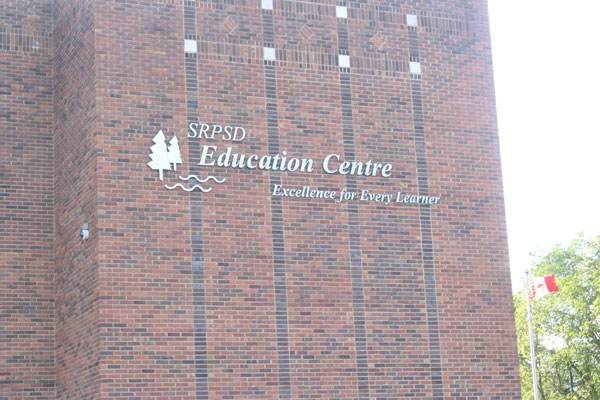The new Saskatchewan Rivers School Division Distance Learning Centre is operating and has over 600 students in both English and French Immersion programming. The learning center is listed as another school by the division and is treated as one by the Ministry of Education.
There is a principal, secretary and staff. Director of education Robert Bratvold explained that it was like establishing a school without a building in a matter of weeks.
“It is an amazing accomplishment, great work by staff and parents have been supportive and understanding. It wasn’t totally smooth as we just got started but our parents have been very tolerant and supportive of that. And also parents have been appreciative of the opportunity to have distance learning for their children that meets their needs,” Bratvold said.
He added that with both English and French Immersion offered, it is almost like two schools.
“We have great French Immersion programming in our schools. So we are thankful we have the staff. It will take some work; obviously a big part of that French language acquisition is conversation with peers. So that will have to be done differently than the regular classroom but we will find some ways to do that and support our French Immersion students as well,” he said.
The division also recently received confirmation that they will be receiving the $793,330 in special COVID-19 related funding from the province. The number has been confirmed but the funds themselves have not arrived, Bratvold said.
As far as using the funding Bratvold, explained that it would be used for many projects, including the Distance Learning Centre, as well as cleaning and equipment and supplies such as filling stations for water bottles.
“We can’t use fountains because of COVID,” he said.
The funds will also be used for technology upgrades for devices so that schools can reduce the number of users on single devices. The division had an idea of where the resources would be going ahead of the confirmation.
“We kind of knew our resources earlier than this but it takes some time for government to move through the channels and free up the resources. The other thing is we won’t know all of the impacts until the year progresses,” Bratvold said.
According to Bratvold, one cost that will be higher as the 2020-2021 school year progresses is substitute teachers.
“We anticipate that will be higher because of the self-isolation requirement and anything like that. We don’t know what the value of that higher cost will be until the end of the year. We will have the sense of it as we go along,” Bratvold said.
The government funding is coming in three phases, with the next phase happening December 1. Bratvold explained that by late November when the proposals are submitted they will have a better understanding of what extra substitute teacher costs they have.
On September 17 and 18 Carlton Comprehensive High School was one of three schools in the province to be a location for COVID-19 testing. Bratvold explained that it went off efficiently. He said that all of the test results in Carlton have been returned to those students and staff who were tested last week. There have been no reports from public health officials indicating any positive COVID-19 tests from the testing in Carlton last week or any other schools in the division.
“That is a really strong sign of the work both in the community to prevent transmission but also the work in our schools to make sure we have got safe practices and those types of things,” Bratvold said.
He revealed that the division worked with the SHA ahead of testing on how to operate.
“They designed the permission forms that we distributed and then they had a team come to check our the school and figure out where we would plan to flow the traffic where we would have it hosted,” Bratvold said.
The SHA gave positive reviews of the work the staff at Carlton did ahead of testing.
“On the days of the testing the Thursday and Friday, things went very well. One of the challenges we saw on the Thursday because numbers had been lower than they anticipated in terms of students volunteering for testing, they consolidated the test,” he said.


